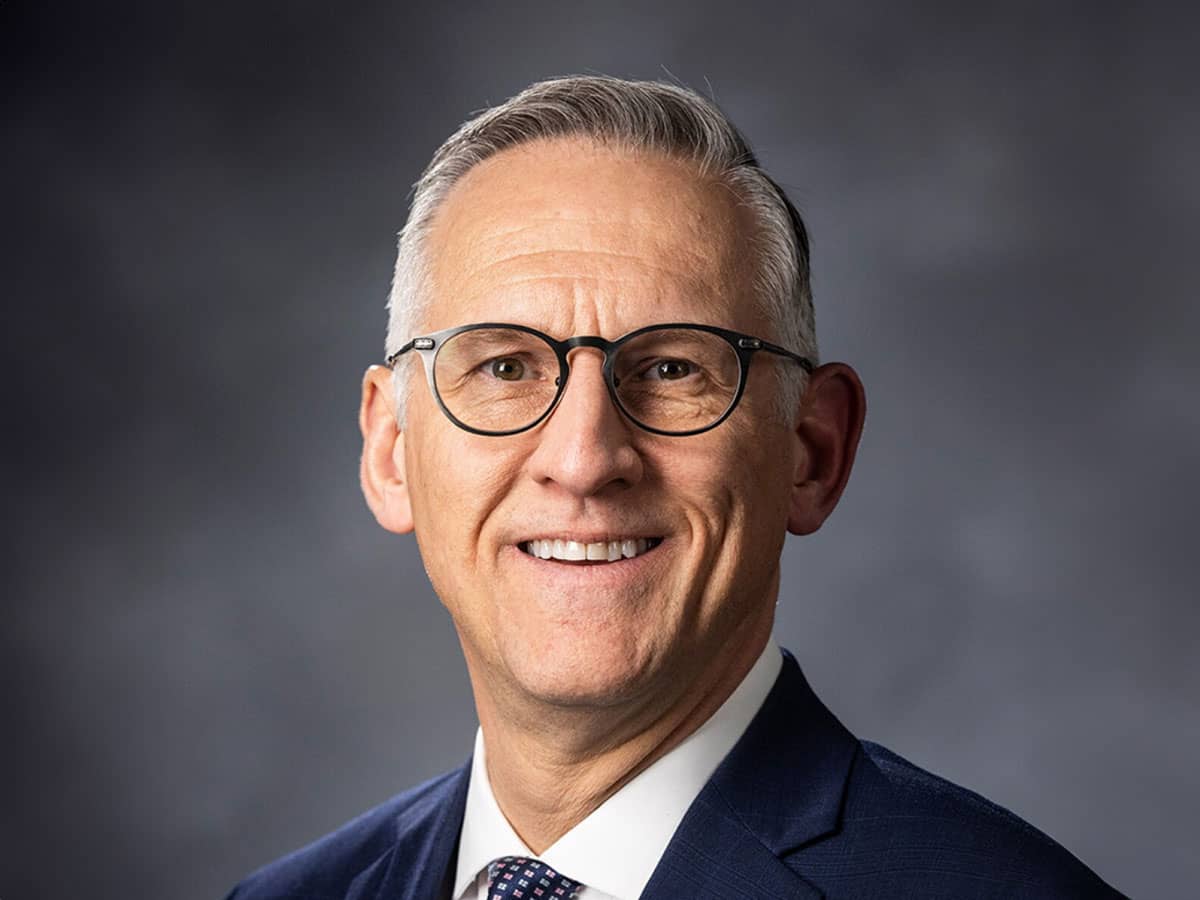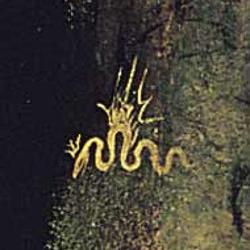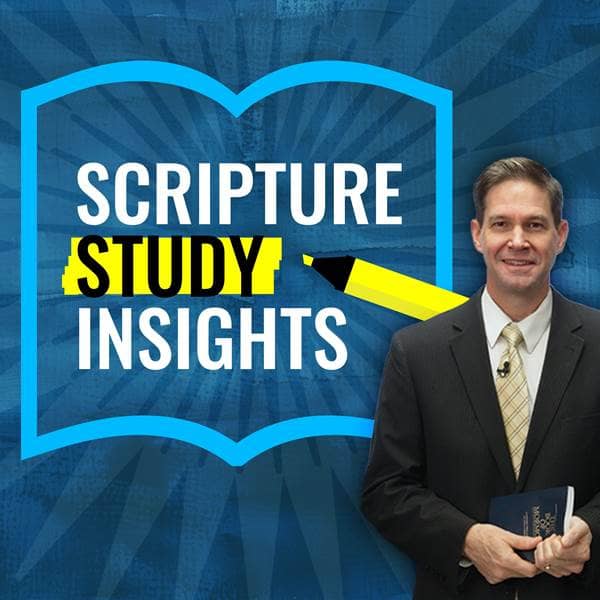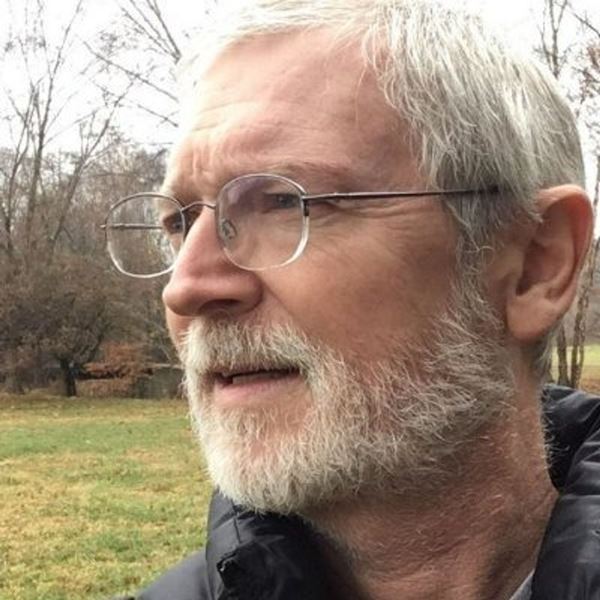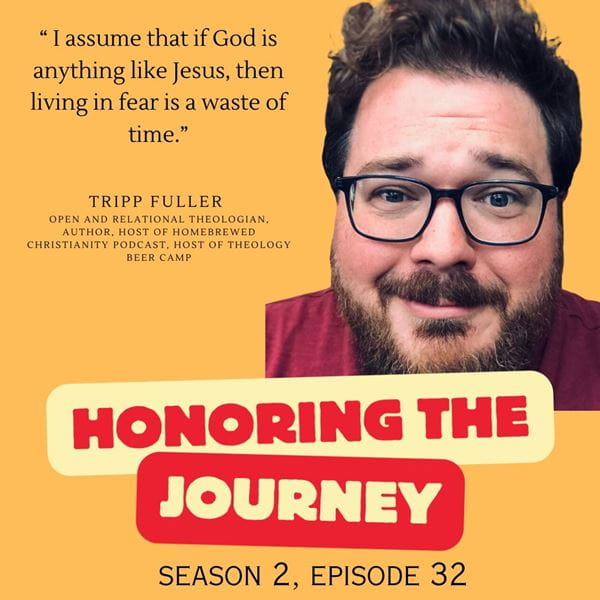
Introduction to the Nation of Islam
The Nation of Islam (or “NOI”) is a religious and political organization started by Wallace D. Fard Muhammad in the early 1930s (in Detroit, Michigan). Fard (who went by various aliases) was a somewhat elusive figure, whose birthdate and place of birth are unknown, and who—after starting the Nation of Islam—mysteriously disappeared (in 1934), never to be heard from again. His teachings were initially essentially Christian but evolved (over a four-year period) into a pseudo-Islamic message, though his movement is typically distinguished from traditional Islam.
The Mysterious Fard
Tradition has it that Fard arrived in Detroit on July 4, 1930—but from where is unknown. (Early followers indicated that he claimed to have come from Mecca, though there is nothing to support Fard’s claim that he was born in or ever lived in Mecca.) Upon arriving in Michigan, he immediately began to preach what has been called a “distinctive form” of religion that he called “Islam,” though which diverged from traditional Islamic teachings in a number of ways. He targeted his preaching to Detroit’s African American population and used the Bible to substantiate the validity of his various teachings. His preaching style, according to one of his biographers, was that of a “Southern Baptist preacher” and his charisma quickly drew a following. One of his means of gaining converts was to go door to door peddling silks and using that as an opportunity to have religious discussions with blacks living in Detroit.
Religious Teachings, Emphasis, and Evolution
One area of emphasis in Fard’s teachings was that of black exceptionalism. In response to the systemic racism of his day, he denounced whites and encouraged his followers to change their surnames (often inherited from their family’s former slave owners), taking instead “Muslim” or Arabic names, such as Ali, Muhammad, Aisha, or Fatima. In essence, Fard was inviting his followers to reject the identities crafted for them by whites, and create their own new identities, which were both religious and culturally non-Anglo. Through this, he was encouraging what has been called “mental emancipation” from whites and their influence upon the lives of “black people.” Indeed, leaders of the movement urged followers to change their last names to “X” in order to indicated that they were “ex-slaves”—which explains why “Malcom X,” a former member of the Nation of Islam, changed his surname from “Little” to the letter x.
NOI Theology and Beliefs
Though Fard began his “ministry” relying solely upon the Bible as his authoritative scriptural text, by the time of his disappearance (in 1934), the Qur’an had supplanted the Bible, and he even began to attack certain things found in the Bible. His initially Christian message evolved into his own brand of ethnic Islam, and he rejected anything that could be traced to “white people.” By the time of his disappearance, it is believed that he had just shy of 10,000 followers—a remarkable accomplishment for an era where modern means of communicating a message such as his were limited.
The theology of the NOI is detailed and complex, and a comprehensive discussion of its beliefs is well beyond the scope of this article. However, we will examine just a couple of key teachings which distinguish this faith from other world religions.
The current theology of the NOI professes an anthropomorphic monotheism, though critics of the faith have pointed out that it often refers to various gods, suggesting a polytheistic bent that would place it in conflict with both traditional Islamic teachings and Christian beliefs about the nature of God. The various cycles of earth’s history are each believed to have their own god who succeeded the god of the previous cycle. When one god dies, a new cycle begins with a new god at the head of that cycle of history. Wallace D. Fard Muhammad is claimed to be the most recent god—thus he was a “god incarnate.” Indeed, he is both god and the savior, according to NOI teachings. Like Fard, Allah (who was the first God) is black and those referred to as the “black race” are divine, a “nation of gods.” (By “black,” the Nation of Islam means any with “dark skin,” and not simply those of African descent.) The NOI teaches its followers how to realize their “inner divinity” and its associated powers. Thus, this less than 100-year-old tradition teaches a unique form of theosis or divinization, but only for black people. In this regard, it is completely contrary to any form of mainstream Islam.
Lifestyle and Moral Teachings
Fard emphasized clean living and a healthy diet—and vegetarianism is encouraged, though not required. Smoking, alcohol, recreational drugs, and even the wearing of makeup, are strongly frowned upon, and women are not to wear pants. The movement today emphasizes very traditional gender roles for men and women. It also emphasizes the importance of the family unit. Regarding sexual morality, the NOI rejects premortal sex and also any sexual relationship that is not heterosexual. While marrying outside of the faith is allowed, it is discouraged, and members are expected to only marry those with “black” skin. Interracial marriage to a Caucasian is seen as harmful, and birth control is seen as the “white man’s” means of limiting the number of black people on the planet.
Islamic Elements in NOI Practices
Though unorthodox by traditional Islamic standards, components of Islam are present in the Nation of Islam. For example, their buildings are often called “mosques” (though sometimes also referred to as “temples”). Practitioners are encouraged to pray five times per day, as in Sunni Islam. And much like Muslims, members of the Nation of Islam go through a ritual ablution (or washing) prior to saying their prayers. Like all mainstream Muslim denominations, the members of the NOI pray facing Mecca. During worship, men and women are kept separate—though Islam usually has them in completely separate locations, whereas the NOI has them on opposite sides of the same room. The Qur’an is the primary scriptural text of the Nation of Islam (though the Bible is also used). Thus, it is akin to Islam, where the Bible is believed to have once been inspired but has become corrupted. As in traditional Islam, members of the NOI are expected to make a pilgrimage to Mecca at least once in their lifetime. /p>
Evolution of the NOI
The Nation of Islam went through a significant evolution in the 1960s. Fard was succeeded by a man named Elijah Muhammad, and Elijah was succeeded by his son, Wallace Muhammad. Wallace led what he called the “Second Resurrection,” transitioning the religion toward mainstream Sunni Islam. In 1976, he changed its name from the “Nation of Islam” to the “World Community of al-Islam in the West” and, two years later, the name was changed again to the “American Muslim Mission.” Wallace claimed that the movement’s founder gave his idiosyncratic teachings simply as a means of moving black Christians toward Islam, and not as a permanent belief system. Thus, Wallace Muhammad saw himself as the figure called by Allah to transition the NOI into a branch of Sunni Islam. Not all liked Wallace’s reforms and, in 1985, he shut the movement down—telling followers to start attending their local mosques.
Farrakhan and Modern Developments
Louis Farrakhan, the movement’s current leader, had joined the NOI in 1955 and, by 1967, was a regional representative of Elijah Muhammad. When Wallace Muhammad started making changes to the movement, turning it into a form of mainstream Islam, Farrakhan rebelled and claimed that he—not Wallace—was the actual successor to Elijah Muhammad. Starting in 1977, Farrakhan began to return to many of the teachings of Elijah, but also began to add some of his own components, such as an emphasis on numerology and even on masonic elements. In 1985, Farrakhan claimed to have been taken up into the “Mother Plane” where he was instructed on how to move the reconstituted faith forward. In 2010, Farrakhan began affiliating with the Church of Scientology, and encouraged members of the NOI to participate as well.
Community Outreach and Current Status
Today, the Nation of Islam does most of its proselytizing among disenfranchised black Christians and struggling African American youth. It calls its proselytizing efforts “fishing for the dead,” as it focuses on the spiritually dead who need something to resuscitate their spirituality and change the trajectory of their lives. In 1995, Farrakhan organized the “Million Man March” in D.C., and has become a voice for African American’s, speaking out against gang violence, substance abuse, poverty of black Americans, and a number of other challenges faced by the African American Community.
Today, the Nation of Islam as approximately 50,000 members spread throughout the world. It still identifies as a “religion,” but often seems to function as more of a social movement designed to promote the wellbeing of minorities. While it has had a history of racism, promoting black superiority, and even claiming that the white man is the “devil,” in recent years the negative rhetoric has been toned down, and the movement seems more focused on helping various minority groups in overcoming the challenges that have faced them for millennia.
11/28/2023 6:37:07 PM
